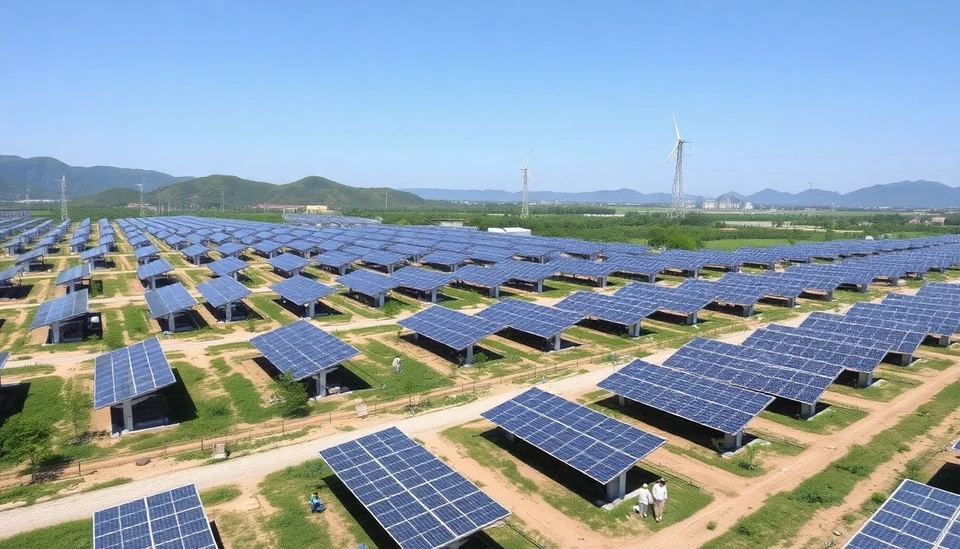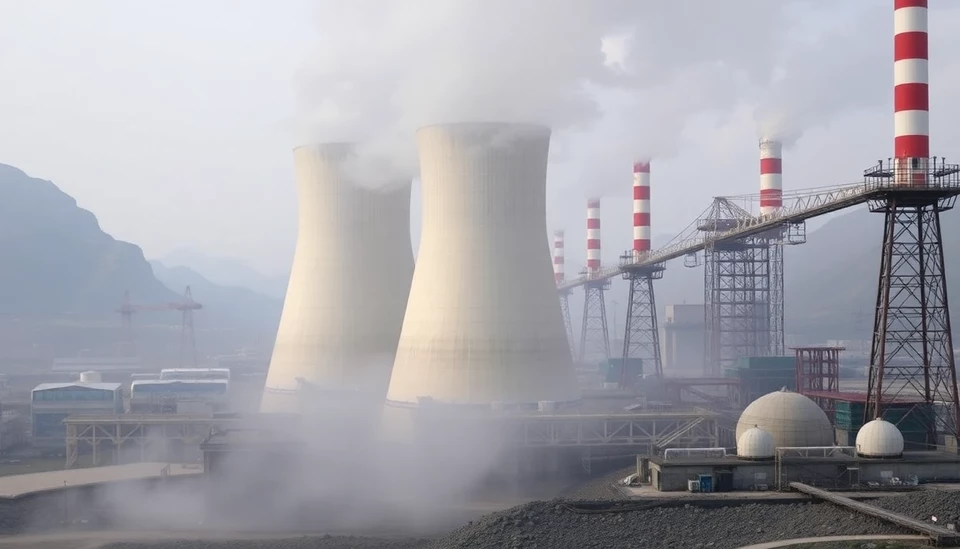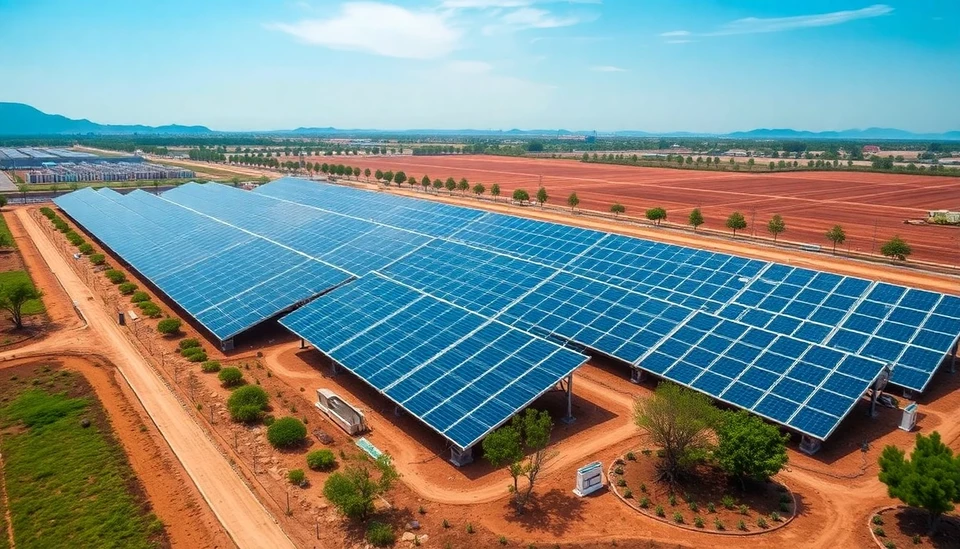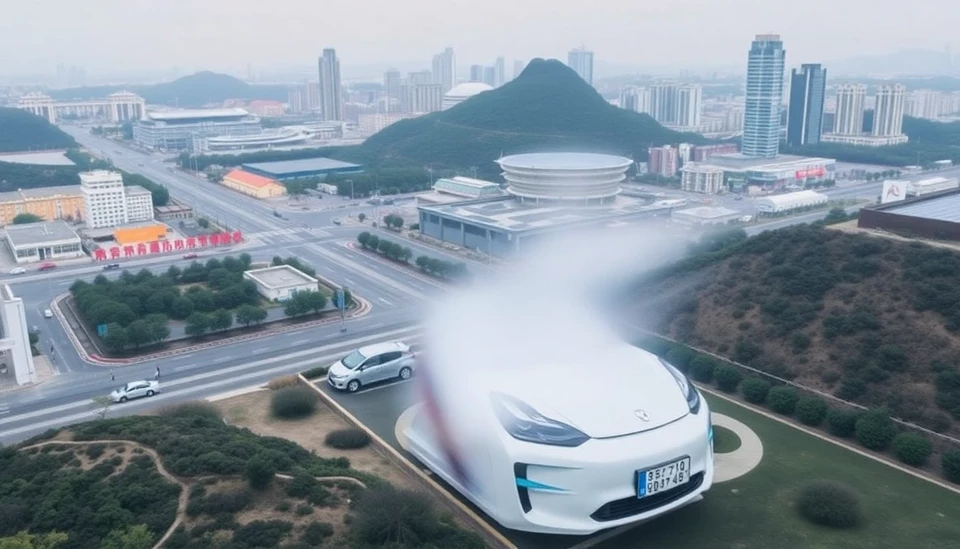
China is grappling with a paradox in its renewable energy ambitions: a rapid expansion of solar power generation is clashing with a surplus of supply and plunging electricity prices. As the world's largest emitter of carbon dioxide, the country has committed to achieving carbon neutrality by 2060, and solar energy plays a pivotal role in this goal. However, recent developments signal potential roadblocks to this transition.
In the past few years, the Chinese solar market has experienced unprecedented growth, leading to conditions that could be described as a solar glut. Manufacturers ramped up production in response to government incentives and a global surge in demand for renewable energy sources. However, the market is now awash with solar panels, pushing prices down and ultimately eroding profitability across the industry. Experts caution that this oversupply could stifle innovation and investment in more advanced technologies necessary for further enhancing efficiency and reducing costs in solar energy production.
Notably, numerous solar developers are facing the harsh realities of operating under these stagnant market conditions. While generating power costs have dipped significantly, the balance between electricity generation and consumption has become misaligned, leading to regional oversupply issues. Areas particularly rich in renewable resources have become overwhelmed with production, especially during peak sunlight hours, which has significantly depressed power prices.
Additionally, the Chinese government’s efforts to steer its energy framework toward sustainable sources clash with local economic realities. As electricity prices drop, grid operators—concerned about financial viability—are increasingly resistant to connect new solar projects to the grid. This reluctance can lead to projects being shelved, even if they are developed with significant investments. The unrelenting push for coal and fossil fuel energy sources persists because they provide more stable revenue and have significant political backing.
Analysts believe that the country faces a critical juncture. With the government's long-term goals targeting a more significant share of energy from renewable sources, it remains imperative to recalibrate policies to provide financial stability within the solar sector. Investment in grid infrastructure, improved energy storage solutions, and innovative financing mechanisms could be essential steps to harmonize power production with demand.
Moreover, expert recommendations highlight the role of market mechanisms that could allow for the price signals needed to incentivize solar energy investments while balancing electricity consumption. By refining policies around subsidies and market incentives, China might be poised to overcome these challenges and find a sustainable path that aligns with its ambitious green energy goals.
As China leads the global charge towards renewables, navigating this complex landscape will be crucial not only for its energy transition but also for setting a standard that can influence worldwide solar policies and markets. How these challenges are managed could resonate far beyond China’s borders, impacting the global effort to combat climate change.
This situation encapsulates the intricate balance between ambitious environmental targets and economic reality, making it a critical issue for both policymakers and stakeholders in the renewable energy sector.
#ChinaEnergy #SolarPower #RenewableEnergy #EnergyTransition #Sustainability #ClimateChange
Author: John Harris




